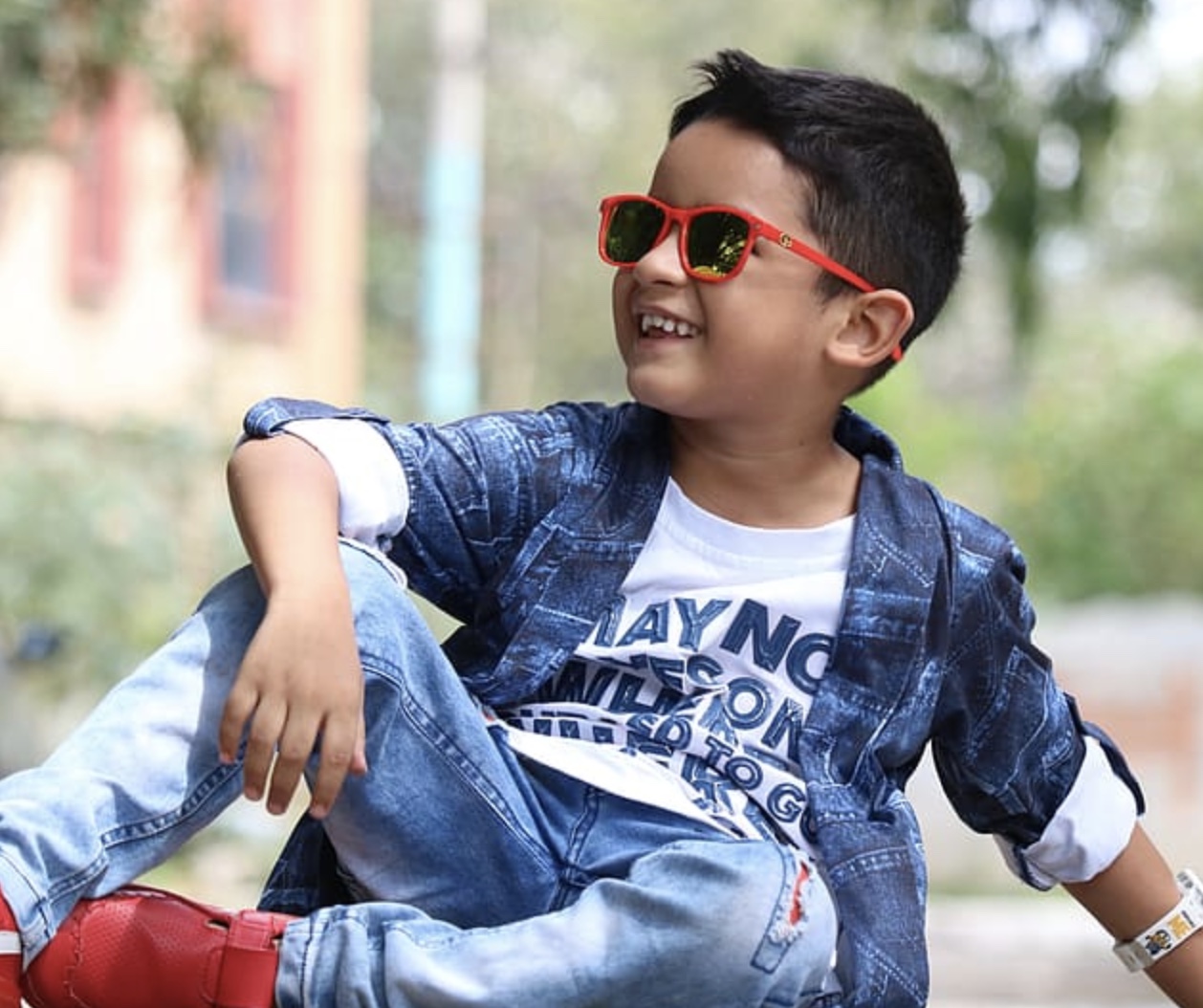For most adults, fashion is important to some degree. Even people who don’t like name brand clothing have some kind of style. For example, many people prefer wearing plain t-shirts and jeans. Their fashion preferences are no different than the people who only wear Gucci or LuluLemon. Other than the difference in taste, the only real difference is the price tag.
Like adults, kids care about fashion, but in a different way. Small children who haven’t experienced the peer pressure to “look cool” have fashion preferences based on their current interests. For example, if they’re into Dora the Explorer, they want their clothing to have Dora and Diego printed all over.
Chapter Overview
Kids explore their identities through fashion and accessories
Children start exploring their identities through fashion and accessories at a young age. At first, they’ll gravitate toward simple items that reflect their interests. For example, they’ll gravitate toward clothes and backpacks with familiar designs.
As an adult, it seems wasteful to buy your kid a $50 backpack with their favorite cartoon character. You know the high price tag is the premium paid for branded items. However, younger kids need the opportunity to explore their interests in terms of self-expression.
While you could grab the cheapest items for your kids, it’s better to let them choose. For example, let your child choose their backpack for school. Young kids won’t understand the concept of buying cheaper items that function in order to save money, and it’s hard to explain to someone who has limited life experience.
Backpacks aren’t just utility packs for kids – they’re part of their identity. Yes, their identity will constantly shift as they grow up, but that doesn’t lessen the importance of exploration.
Kids and adults prefer to dress the way they want to be perceived
There’s one aspect of fashion that both adults and kids experience. Most people want to dress in a way that matches the way they want to be perceived. For example, adults who want to be perceived as professional and wealthy tend to dress in suits, business attire, and wear expensive shoes. For adults, shoes say everything about a person’s bank account. Or so it’s believed.
Kids experience a similar desire to wear clothing that creates a certain perception from others. Although they aren’t usually aware of it, the desire to be seen a certain way drives most of their fashion choices from an early age.
When kids want to appear “cool” to their peers, they’ll wear what the cool kids are wearing, even if they don’t necessarily like the style. They’ll change everything about themselves from their hair to their clothes, including watches and even their backpack.
Other kids want to appear “tough” and rebellious, so they’ll adopt the clothing that makes other people see them as a little rough around the edges. They might not really be tough, but they create the perception and that’s enough for them. For instance, these kids will wear ripped up jeans, chain wallets, and might even dress in “punk” or “gothic” styles.
Ultimately, fashion is all about creativity
No matter what style kids adopt, it’s usually an expression of creativity to some degree. There’s a whole ritual that comes with being fashionable hat requires creativity.
First, you have to shop for the right clothes and choose tops and bottoms you can wear together. Once you have a wardrobe, you have to choose your outfit each day. Then, you have to choose your accessories. This applies to boys and girls, just to varying degrees.
Let kids explore themselves through clothing
If you have kids, it’s important to allow them to explore themselves through their clothing and other items like backpacks, tote bags, and watches. Give your kids the freedom to explore. You can set a budget for their wardrobe, but try to be open minded about their choices. They might ditch some of their interests in a year, but the point is to allow them to have experiences while they explore.
Kids blast through interests and hobbies quickly, but it’s never wasted time and money. It’s an investment in their need for self-exploration.

